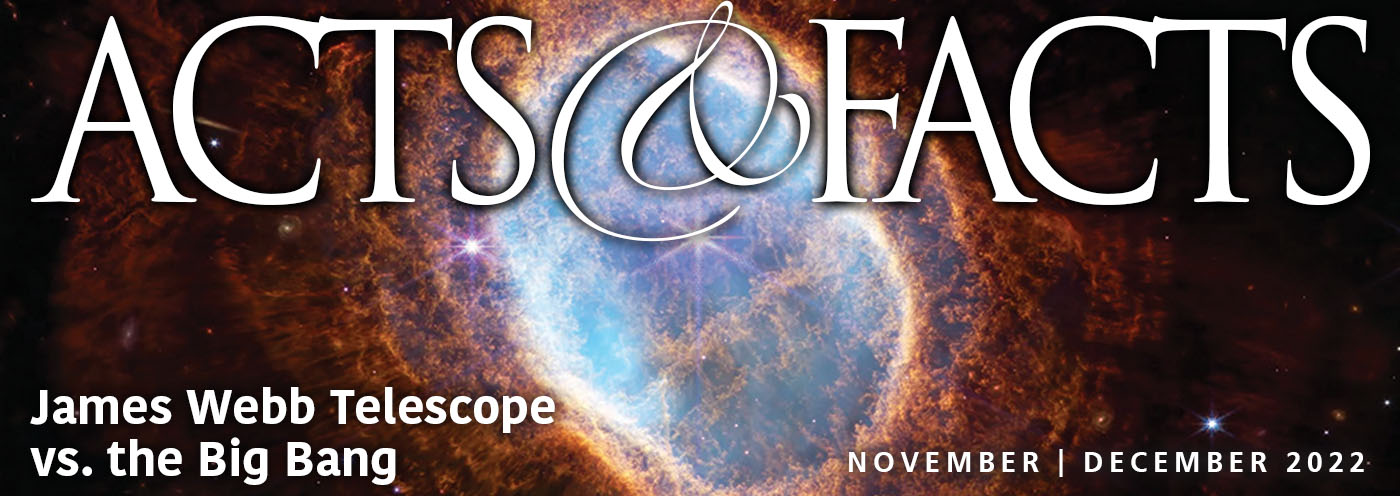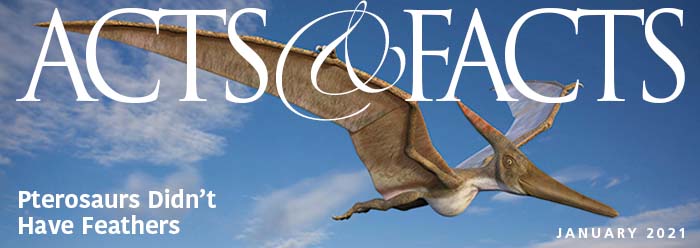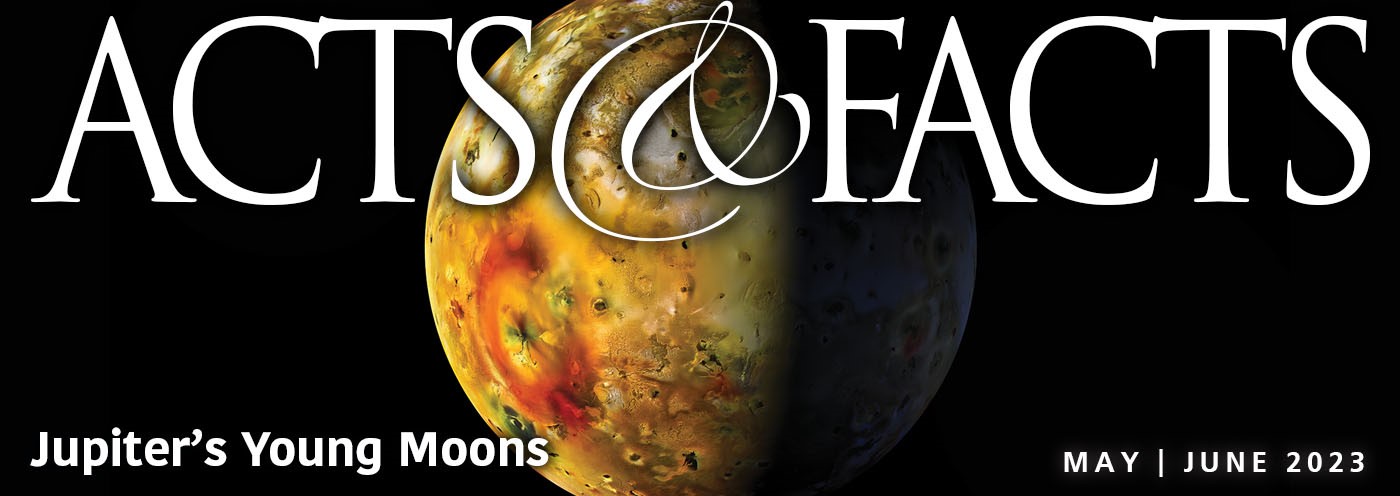“A house divided against itself will not stand” is an easily understood truth.1 The same concept applies to logic used in debates and arguments. If an argument is self-contradictory, it is clearly wrong. Some accuse Proverbs 26:4-5 of self-contradiction. This is because they fail to comprehend that those twin verses teach related, but not identical, truths about arguing with fools. And arguing with fools is a frequent scenario in origins debates.
Do not answer a fool according to his folly, lest you also be like him. Answer a fool according to his folly, lest he be wise in his own eyes. (Proverbs 26:4-5)
Unlike Genesis, Proverbs is a book of Hebrew poetry that communicates truths through the use of parallelisms.2 It can compare similar things, opposites, a part of something with the whole, etc. Because parallelisms are used in combination to convey truth, both verses in Proverbs 26:4-5 must be compared with each other in order to understand the composite truth that God gives us. This composite truth is very practical, because most of us interact with overconfident fools on a frequent basis.
Applying Proverbs 26:4-5, Dr. Jason Lisle has cautioned that one needs to avoid accepting foolish assumptions whenever discussing a controversy with a fool:
In verse 4 we learn that we should not embrace the folly of the unbeliever lest we be like him. But in verse 5 we are instructed to show where his folly would lead if it were true. We make it clear that we do not actually accept his standard (Prov. 26:4), but if we hypothetically did, it would lead to an absurd conclusion; thus the fool cannot be wise in his own eyes (Prov. 26:5).3
But some would argue that the two verbs used for “answer” are the same word, so the twin verses are nevertheless countering each other. However, that is not the case. It only appears that way because we are reading an English translation of the original Hebrew text. Although both verbs are forms of the same Hebrew verb anah, the consecutive verses employ two different forms of that verb. That makes quite a difference in the meanings. Consequently, as God intended, those two verses complement rather than contradict each other.
Simply put, the verb form in verse 4 is an imperfect verb, describing a scenario where the fool is not being answered. However, the verb form in verse 5 is an imperative verb, instructing the reader to take action.4 Verse 4 is descriptive—it tells us how a fool behaves if he is not rebuffed in his folly. But verse 5 is a command—it mandates that the fool be refuted or else he will be “wise in his own eyes.” The overall meaning, therefore, is that if we don’t answer fools, we will face looking like fools ourselves. But when we refute fools (and we should), they will face the fact that they aren’t as wise as they claim to be. Obeying Proverbs 26:5 is an important part of what ICR’s apologetics school is all about.5
References
- Matthew 12:25.
- See Johnson, J. J. S. 2011. Genesis Is History, Not Poetry: Exposing Hidden Assumptions about What Hebrew Poetry Is and Is Not. Acts & Facts. 40 (6): 8-9.
- Lisle, J. 2009. The Ultimate Proof of Creation. Green Forest, AR: Master Books. 71, 74.
- The verb ta‘an translated “answer” in Proverbs 26:4 is a second person masculine singular qal imperfect describing an unfinished action. However, the verb ‘enêh, translated “answer” in Proverbs 26:5, is a second person masculine singular qal imperative, commanding the reader to take action.
- No need to be redundant or wasteful, of course. If a fool is refuted properly once but does not respond, it’s usually time to move on to someone more teachable (Mark 6:11; 2 Timothy 2:2; Jude 1:3). For more information, go to ICR.edu
* Dr. Johnson is Associate Professor of Apologetics and Chief Academic Officer at the Institute for Creation Research.







